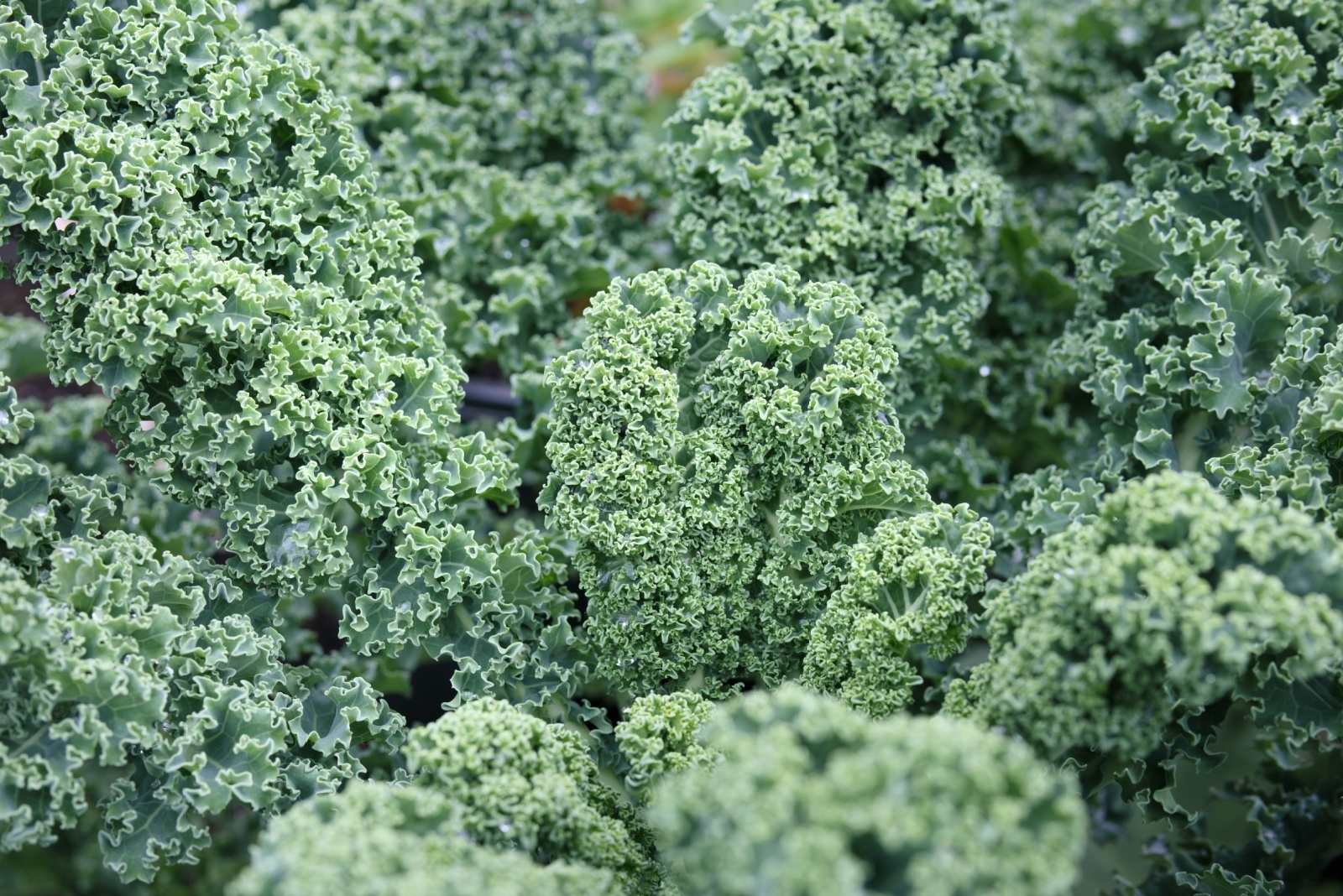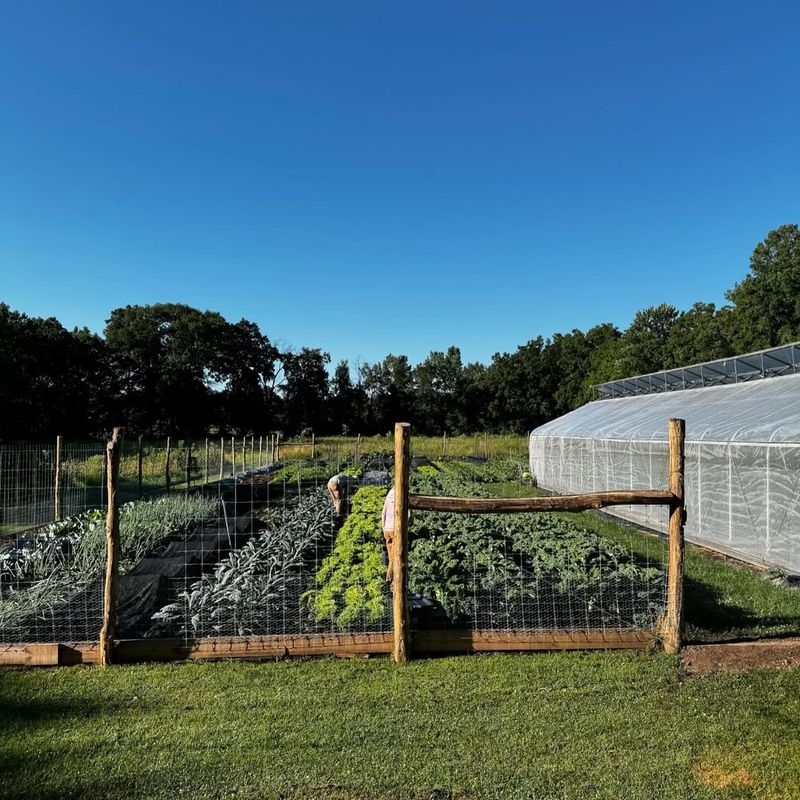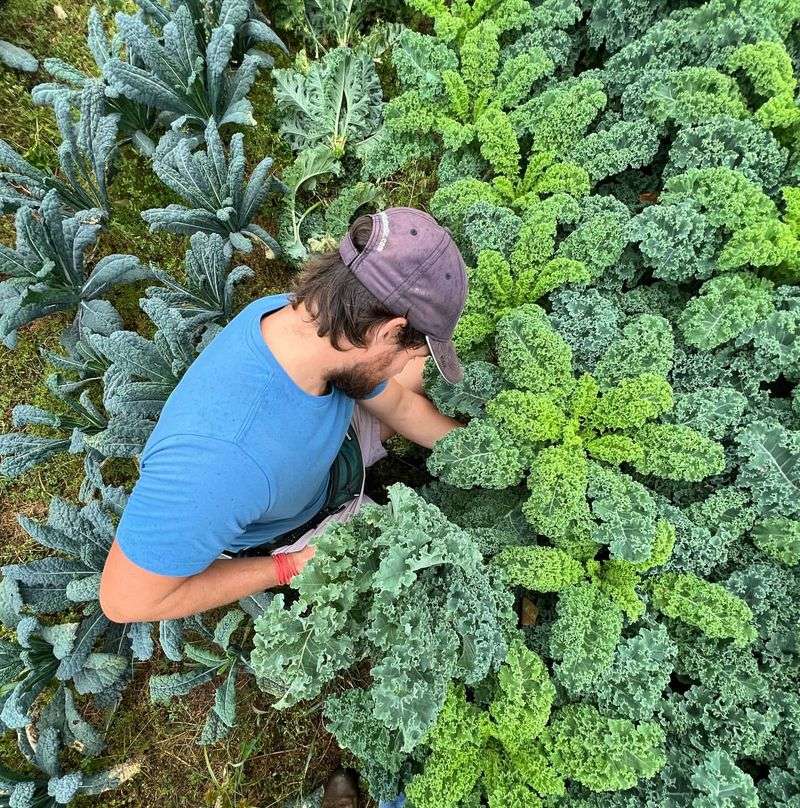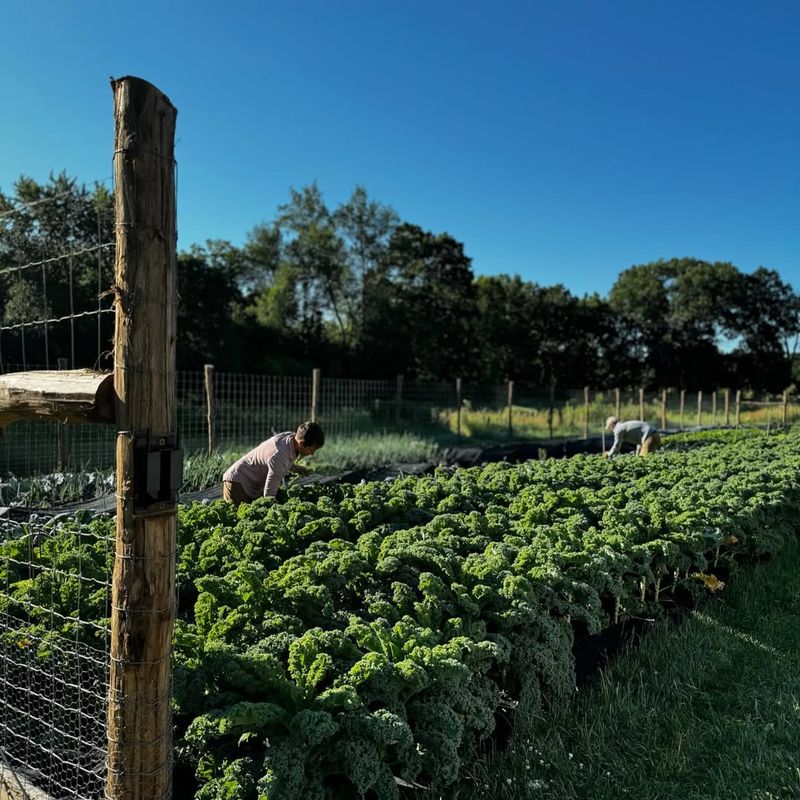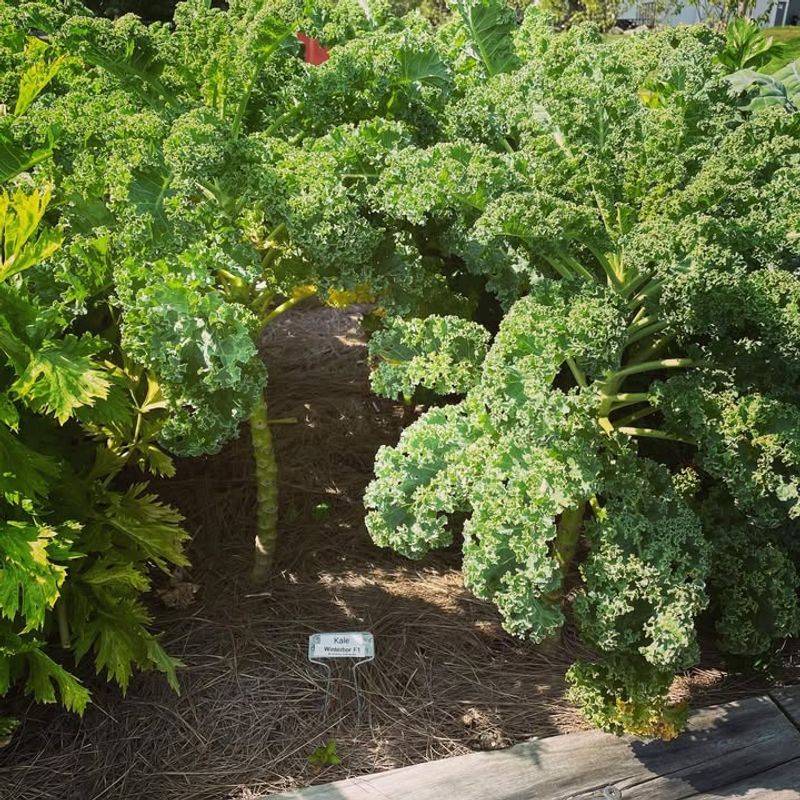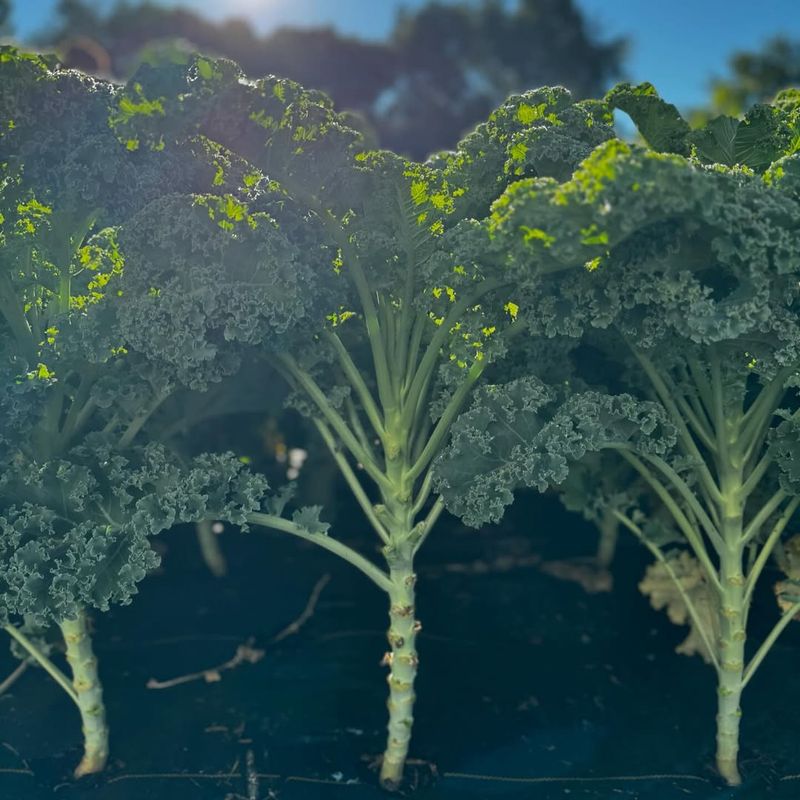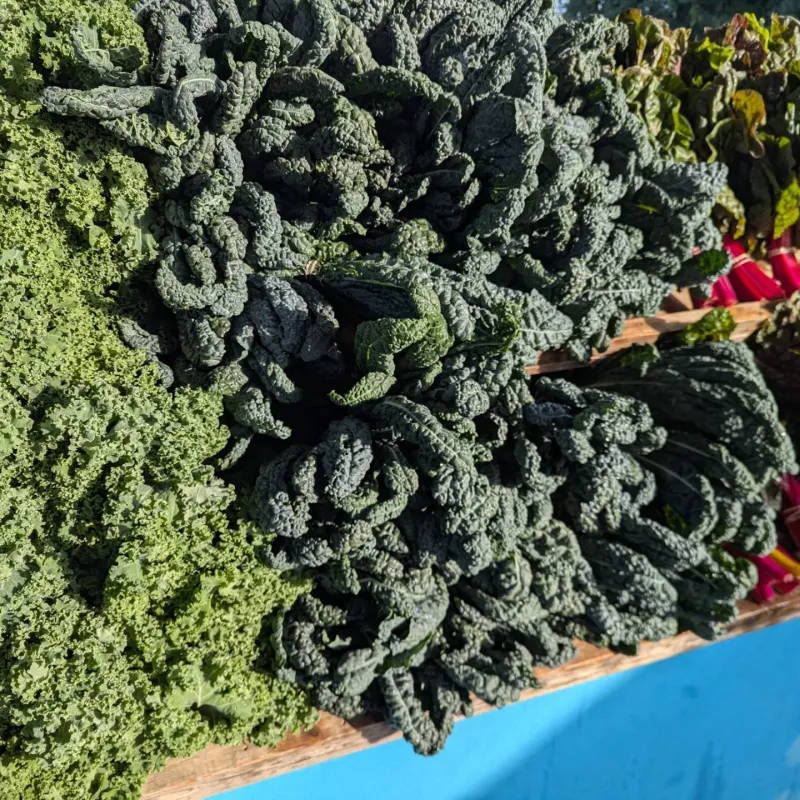Winter may quiet the garden in North Carolina, but one hardy kale variety refuses to back down when the cold rolls in. While other greens slow to a crawl, this dependable favorite keeps pushing out crisp leaves that only get sweeter as temperatures dip.
It’s the kind of crop gardeners lean on year after year, a steady performer that shrugs off frost and turns chilly nights into richer flavor. When you want a winter harvest you can count on, this kale is the workhorse that never misses a beat.
Winterbor Kale Dominates North Carolina Gardens
Winterbor kale has earned legendary status among North Carolina gardeners for good reason. This curly-leafed champion can handle temperatures plummeting to 10 degrees Fahrenheit without breaking a sweat.
Farmers and backyard growers alike praise its reliable performance throughout December, January, and February. The variety produces massive blue-green leaves that curl dramatically at the edges, creating beautiful texture in winter landscapes.
Unlike tender greens that wilt at the first freeze, Winterbor actually improves in flavor as temperatures drop, making it the undisputed favorite for cold-season cultivation.
Frost Transforms Bitterness Into Sweetness
Something magical happens when freezing temperatures kiss kale leaves overnight. The plant converts starches into sugars as a natural antifreeze mechanism, fundamentally changing its taste profile.
Gardeners notice that Winterbor harvested after several hard frosts tastes noticeably sweeter and less bitter than summer-grown varieties. This biochemical transformation makes winter kale more appealing to picky eaters, including children who normally avoid greens.
Many North Carolina cooks specifically wait until after Thanksgiving frosts before harvesting their first leaves for this exact reason.
Planting Timing Makes Or Breaks Your Harvest
North Carolina gardeners mark their calendars for late July through early September planting windows. Starting Winterbor during this timeframe gives plants sufficient growing time before winter truly arrives.
Seedlings need approximately 50 to 80 days to reach harvestable size, meaning August plantings yield perfect November through March crops. Waiting too long results in stunted plants that never develop properly before cold weather slows growth.
Experienced growers transplant sturdy seedlings rather than direct seeding, giving their kale a competitive advantage against weeds and pests during establishment.
Continuous Harvesting Extends Your Bounty
Smart harvesting techniques keep Winterbor producing for months instead of weeks. Gardeners remove only the lowest, outermost leaves while leaving the central growing crown completely untouched.
This method allows the plant to continuously generate fresh foliage from its center throughout the entire winter season. Taking too many leaves at once or cutting the main stem ends production permanently.
Most North Carolina growers harvest three to five leaves per plant weekly, rotating between multiple plants to ensure steady kitchen supplies without exhausting individual specimens.
Pest Pressure Drops Dramatically In Cold Weather
Cabbage worms and aphids that plague spring kale essentially disappear once temperatures consistently drop below 50 degrees. Winter gardening means fewer pest battles and reduced need for interventions.
Winterbor’s thick, curly leaves also provide natural resistance against the occasional cold-hardy pest that persists. North Carolina gardeners appreciate spending more time harvesting and less time inspecting for damage during winter months.
This natural pest reduction makes winter kale cultivation far more beginner-friendly than warm-season attempts, encouraging new gardeners to experience success.
Minimal Water Needs Simplify Winter Care
Once established, Winterbor requires remarkably little attention during North Carolina’s typically moist winters. Natural rainfall usually provides adequate moisture, eliminating constant watering chores.
The cooler temperatures mean slower evaporation rates and reduced plant transpiration, so soil stays moist longer between precipitation events. Gardeners only supplement water during unusually dry stretches lasting more than two weeks.
Adding mulch around plant bases helps retain whatever moisture falls, creating nearly maintenance-free conditions that busy gardeners absolutely love during holiday seasons.
Nutritional Content Peaks During Cold Months
Did you know? Cold-stressed kale produces higher concentrations of vitamins and antioxidants compared to warm-weather crops. Scientists have measured increased vitamin C, vitamin K, and beneficial plant compounds in frost-exposed leaves.
This nutritional boost happens because plants generate protective antioxidants to survive freezing conditions. North Carolina families essentially get supercharged greens when harvesting winter Winterbor.
The deeper blue-green color visible in cold-grown kale signals these elevated nutrient levels, making winter harvests nutritionally superior to summer alternatives.
Garden Space Gets Maximized Year-Round
After tomatoes, peppers, and squash finish producing, garden beds often sit empty for months. Winterbor transforms wasted space into productive real estate throughout North Carolina’s mild winters.
Succession planting strategies let gardeners use the same soil twice annually, dramatically increasing overall yields per square foot. The kale’s deep roots also help break up compacted soil, improving bed structure for next spring’s crops.
Many growers consider winter kale their secret weapon for maximizing garden efficiency without expanding their growing area.
Local Markets Reward Winter Growers Handsomely
Farmers markets and restaurants pay premium prices for locally-grown winter greens when most produce travels from distant states. Savvy North Carolina gardeners turn surplus Winterbor into profitable side income.
The novelty of ultra-fresh, frost-sweetened kale attracts customers tired of grocery store options shipped hundreds of miles. Small-scale growers often sell out quickly at winter markets, building loyal customer bases.
Even home gardeners with extra harvests discover neighbors eagerly trade homemade goods or cash for bunches of this cold-weather treasure.

